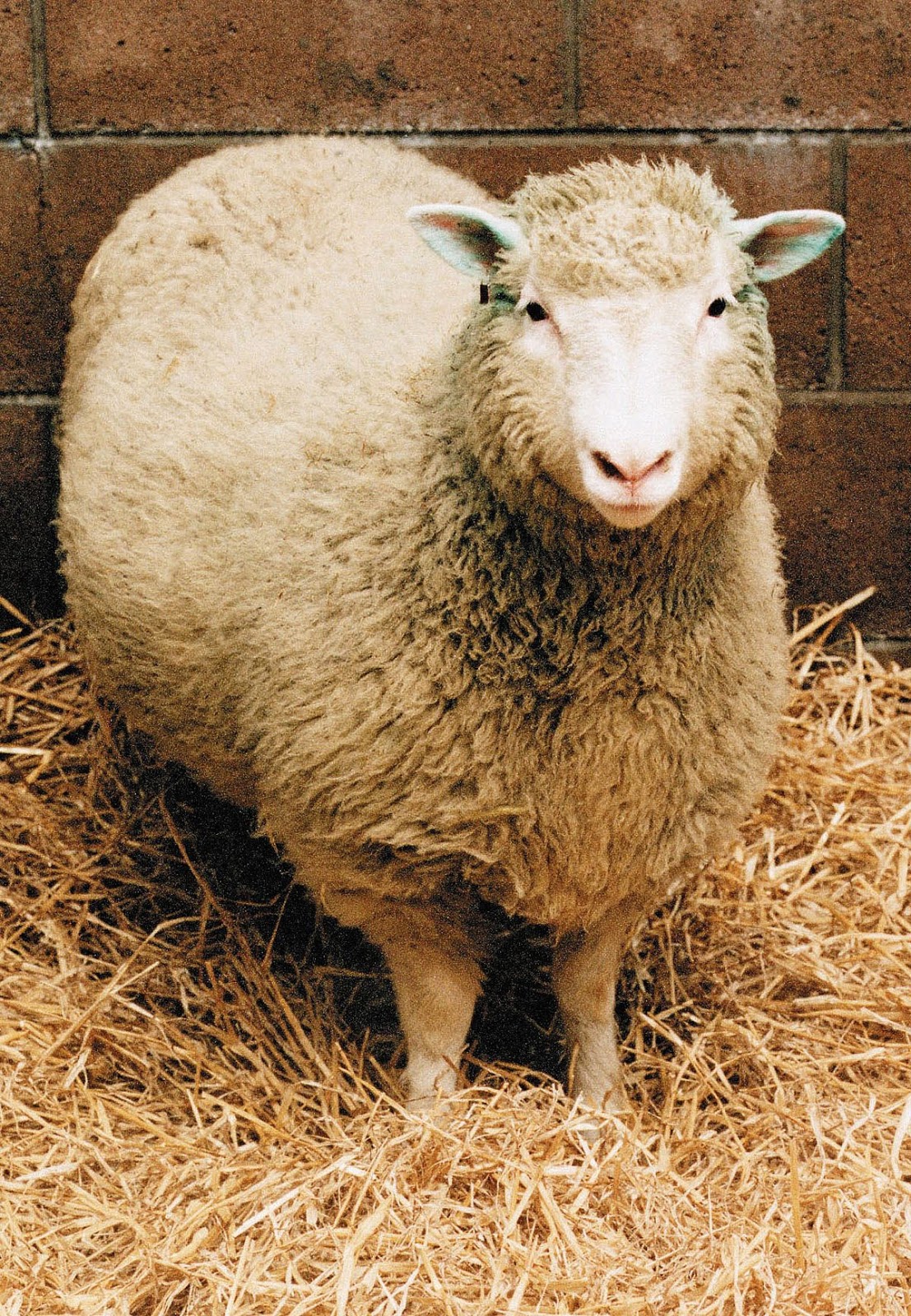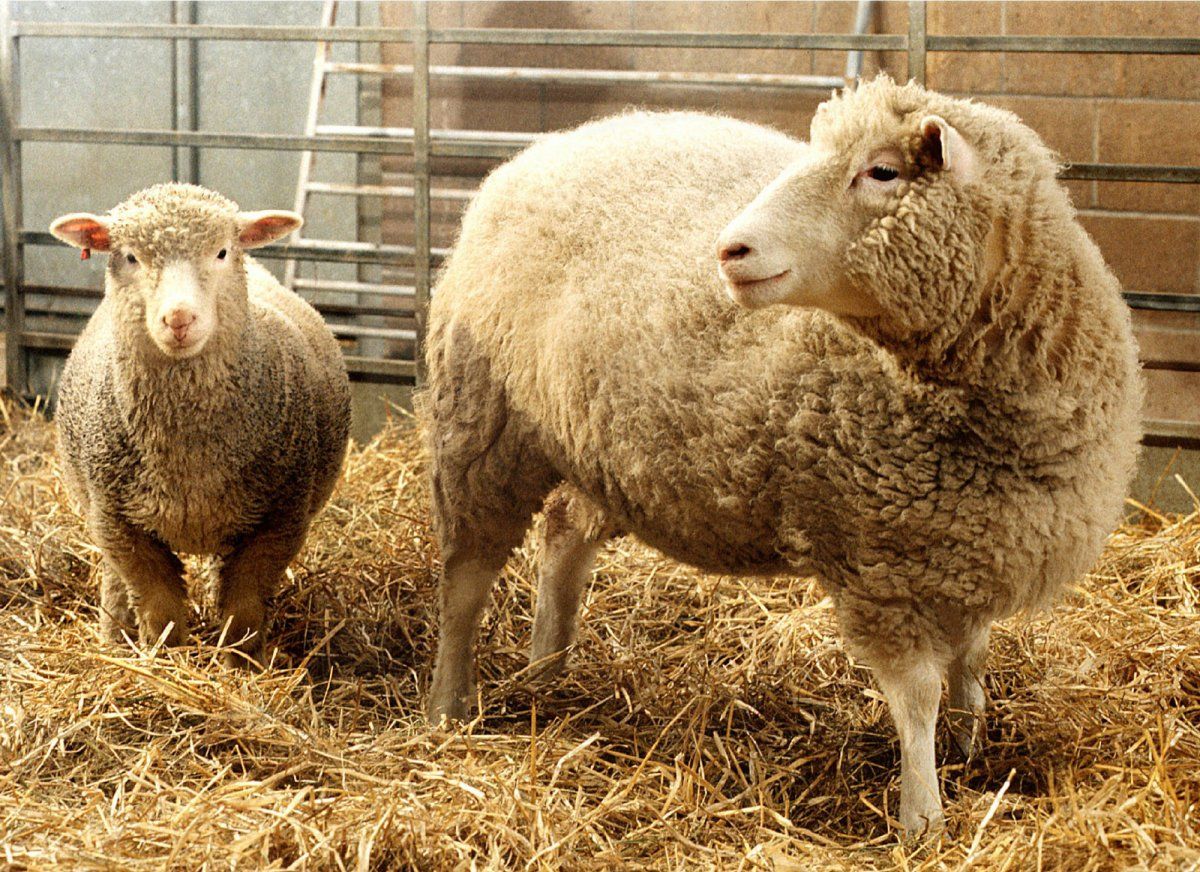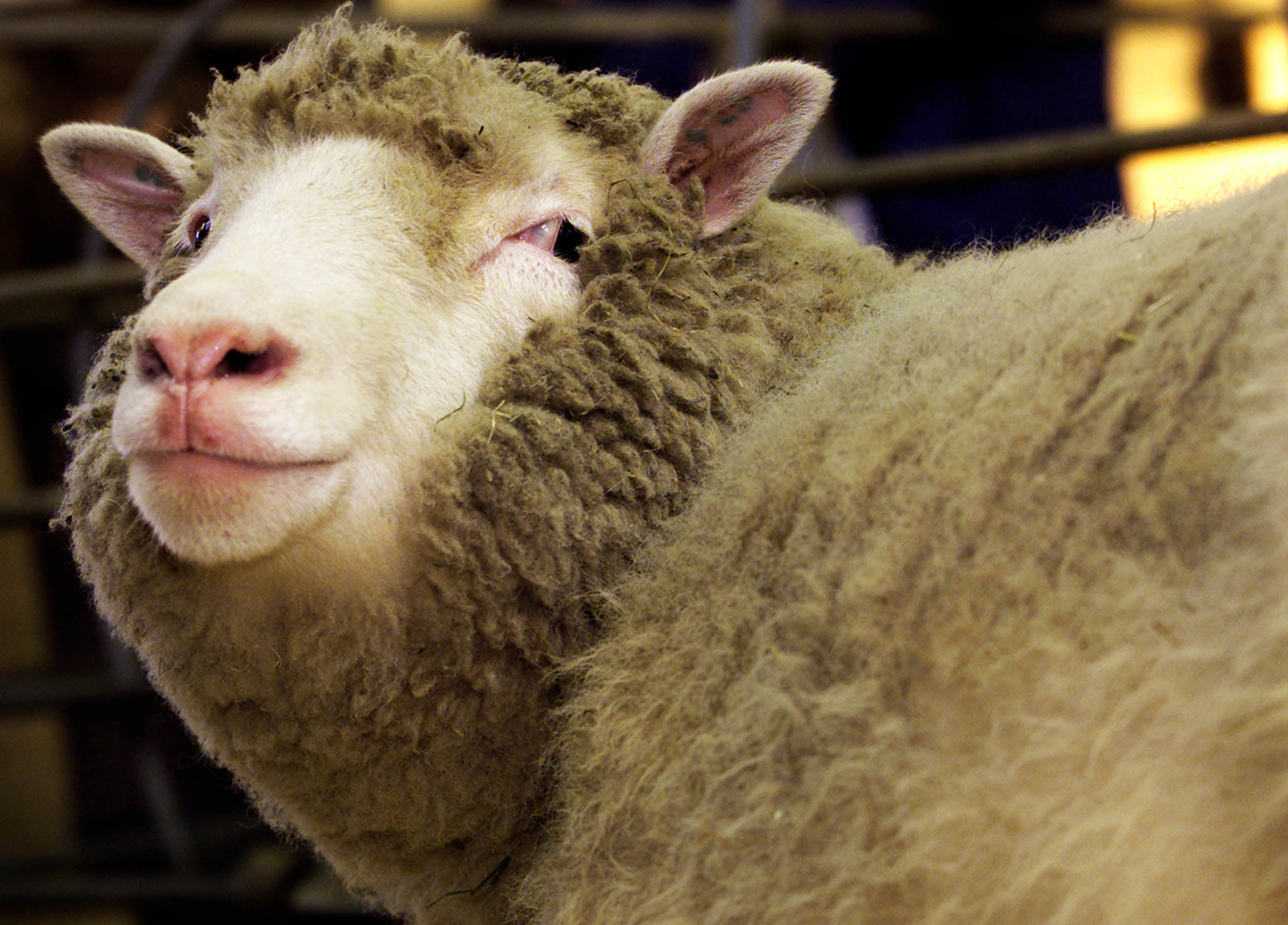Dolly The Sheep
What Was Dolly the Sheep's Life Like?
-Why Was Dolly Named After Dolly Parton?
-How Was Dolly the Sheep Cloned?
- Dolly's Health and Longevity - Contributions to Science and Medicine - Ethical Implications of Cloning -What Are the Potential Uses of Cloning?
-How Has Dolly Impacted Genetic Research?
-Could Dolly's Legacy Extend to Human Cloning?
- Summary of Dolly's Impact ### Biography - Dolly the SheepLet's take a moment to explore the fascinating life of Dolly the sheep. Born on July 5, 1996, at the Roslin Institute in Scotland, Dolly became the world’s first mammal cloned from an adult cell. Her creation was the result of groundbreaking work by British developmental biologist Ian Wilmut and his team. Below is a table summarizing some key details about her life and achievements.
| Birth Date | July 5, 1996 |
|---|---|
| Place of Birth | Roslin Institute, Scotland |
| Species | Finn Dorset sheep |
| Life Span | 6 years |
| Number of Lambs | 6 |
| Cause of Death | Lung disease |
Dolly led a pretty normal life for a sheep, but her story is anything but ordinary. She spent her days grazing in the lush fields near the Roslin Institute, where she was born. Dolly became a mom to six lambs, showcasing that cloned animals can live relatively typical lives. Yet, her fame brought her a bit of celebrity status, attracting visitors and researchers from all over the world. It's almost like she was a local star in the sheep community.
However, Dolly's health eventually took a turn for the worse. She was diagnosed with a progressive lung disease, which tragically led to her death at the relatively young age of six. This early demise sparked further discussions about the potential health risks associated with cloning. Nonetheless, her life remains a testament to the scientific possibilities of cloning.
### Why Was Dolly Named After Dolly Parton?Now, you might be wondering why a sheep would be named after a famous country music star. The scientists who created Dolly had a quirky sense of humor. They decided to honor Dolly Parton because the cells used to clone her came from the udder of a pregnant sheep. Since Dolly Parton is known for her generous figure, the name seemed fitting in a lighthearted way.
It's just a little sheep-related joke that caught on and became part of Dolly's story. This naming choice also helped make her more relatable to the public, turning her into a symbol of scientific achievement with a touch of personality.
### How Was Dolly the Sheep Cloned?The process of cloning Dolly involved some pretty clever scientific techniques. Scientists started by taking cells from the udder of a pregnant sheep. These cells were then deprived of nutrients, putting them into a state similar to deep hibernation. This step was crucial because it allowed the cells to be more easily manipulated.
Once in this slumbering state, the scientists performed a procedure called nuclear transfer. They took the DNA from these udder cells and inserted it into an egg cell that had its own DNA removed. This egg cell then began to divide, eventually forming an embryo. The embryo was placed inside a surrogate mother, and five months later, Dolly was born.
### Dolly's Health and LongevityWhile Dolly lived a seemingly normal life, her health issues raised questions about the long-term effects of cloning. She developed arthritis at a relatively young age and ultimately succumbed to lung disease. These health concerns have led scientists to further investigate the potential risks and benefits of cloning technology.
Yet, despite her health challenges, Dolly's life provided valuable insights into the cloning process. Her experience has helped researchers refine techniques and explore ways to improve the health and longevity of cloned animals.
### Contributions to Science and MedicineDolly's creation opened up a world of possibilities for scientific research. Her successful cloning demonstrated that it was possible to create an animal from an adult cell, challenging long-held assumptions about cell development. This breakthrough has paved the way for advancements in medicine and agriculture.
For instance, cloning technology could potentially be used to produce animals with desirable traits for farming or to create models for studying human diseases. However, the ethical implications of such advancements continue to be debated, highlighting the need for careful consideration of the long-term impacts.
### Ethical Implications of CloningCloning raises important ethical questions that society must address. The creation of Dolly sparked intense discussions about the potential uses and limitations of cloning technology. While cloning could offer significant benefits, such as improving food production or advancing medical treatments, it also raises concerns about animal welfare and the possibility of human cloning.
These ethical dilemmas highlight the importance of balancing scientific progress with moral considerations. As research continues, it's crucial to ensure that cloning is used responsibly and with respect for all living beings.
### What Are the Potential Uses of Cloning?The potential uses of cloning technology are vast and varied. In agriculture, cloning could help produce animals with desirable traits, such as increased resistance to disease or improved meat quality. In medicine, cloning might be used to create tissues or organs for transplantation, offering new hope for patients in need.
However, these possibilities come with challenges and risks. Scientists and ethicists must work together to explore the best ways to harness cloning technology for the benefit of society while minimizing potential harms.
### How Has Dolly Impacted Genetic Research?Dolly's impact on genetic research has been significant. Her successful cloning proved that adult cells could be reprogrammed to form an entirely new organism. This discovery has led to further investigations into the potential of stem cells and regenerative medicine.
By studying Dolly and other cloned animals, researchers have gained valuable insights into how cells develop and function. These findings have the potential to revolutionize our understanding of genetics and biology, opening up new avenues for scientific exploration.
### Could Dolly's Legacy Extend to Human Cloning?While Dolly's creation was a major scientific achievement, the idea of human cloning remains controversial. Ethical concerns about the safety and morality of cloning humans have led to widespread debate and regulation. However, the techniques developed through cloning research could still have applications in human medicine, such as creating tissues for transplantation or studying genetic diseases.
As research continues, it's important to carefully consider the implications of cloning technology and its potential impact on human society.
### Summary of Dolly's ImpactDolly the sheep was more than just a scientific experiment; she was a symbol of groundbreaking innovation that continues to inspire and challenge researchers today. Her life and legacy have contributed significantly to our understanding of genetics and cloning, while also raising important ethical questions about the future of this technology.
Through her story, we've learned about the possibilities and limitations of cloning, as well as the need for responsible scientific exploration. Dolly's impact on science and society will undoubtedly be felt for years to come, as researchers continue to build on her legacy and explore the frontiers of genetic research.
- Suki Waterhouse Movies And Tv Shows
- Jack In The Box Mascot
- Hey In Spanish
- %D9%8A%D9%84%D8%A7 %D9%84%D8%A7%D9%8A%D9%81
- Aya Tanjali

July 5, 1966: The World’s Most Famous Sheep, Dolly, Was Born at the

July 5, 1966: The World’s Most Famous Sheep, Dolly, Was Born at the

Dolly The Sheep